Sociology MCQs 2013
Master the fundamentals of sociology with our detailed analysis of the solved CSS Sociology MCQs from 2013. This past paper is perfect for aspirants looking to solidify their understanding of core sociological definitions and concepts. It features questions on pioneering thinkers like Ibn Khaldun, and explores essential topics such as socialization, cultural lag, and cultural diffusion. You will also find critical questions on family structures, including polyandry, and key research terms like operational definition and sampling. Engaging with these solved MCQs is an excellent way to test your foundational knowledge and ensure you are well-prepared for the objective section of the sociology exam.
A social caste is always ___________.
A. Exogamous and open
B. Endogamous and closed
C. Both A and B
D. None of these
Socialization is ____________.
A. Instinctive process
B. Personal social learning
C. Building up of norms and values in the personality by groups
D. None of these
A cricket match is an example ____________.
A. Truce
B. Accommodation
C. Competition
D. None of these
Who can be taken as early pure sociologist among the social thinkers?
A. Auguste Comte
B. Ibn e Khuldoon
C. Durkheim
D. None of these
A socially expected and approved behavior is called ___________.
A. Folkway
B. Social norm
C. More
D. None of these
Ascribed social status of a person is determined by __________.
A. Biological inheritance
B. What he achieves
C. Contacts abroad
D. None of these
A push factor in migration means ____________.
A. People attracted by urban facilities
B. People forced by circumstances leaving
C. Both A and B
D. None of these
In Cultural Lag the part that moves slowly is called ____________.
A. Material culture
B. Symbolic culture
C. Sub-culture
D. None of these
An Interview Guide is ___________.
A. The person who guides the interview
B. A booklet that explains the dynamics of an interview
C. A list of topics to be covered in an interview
D. None of these
The spread of cultural traits and patterns in space is called ____________.
A. Assimilation
B. Acculturation
C. Diffusion
D. None of these
